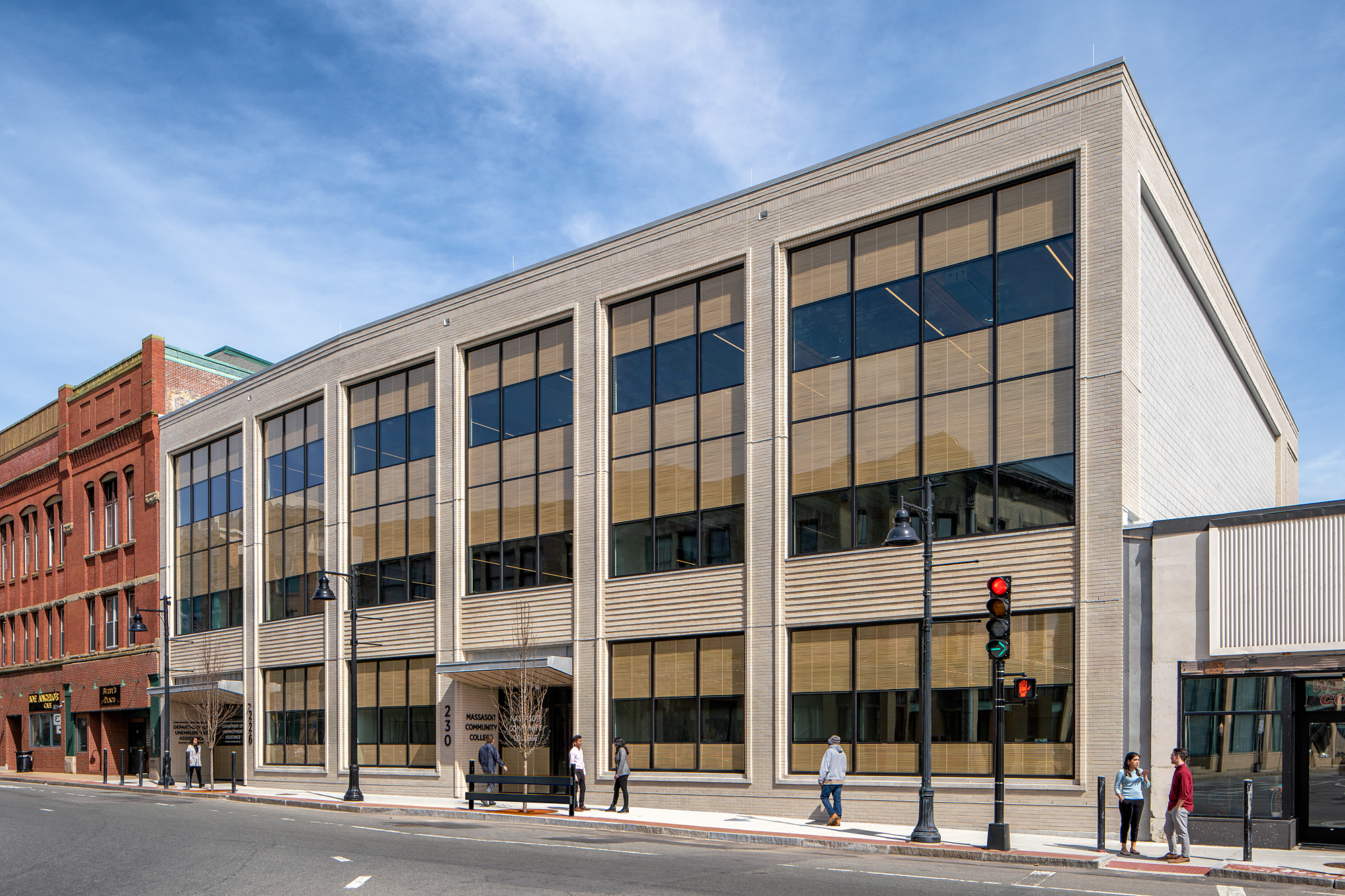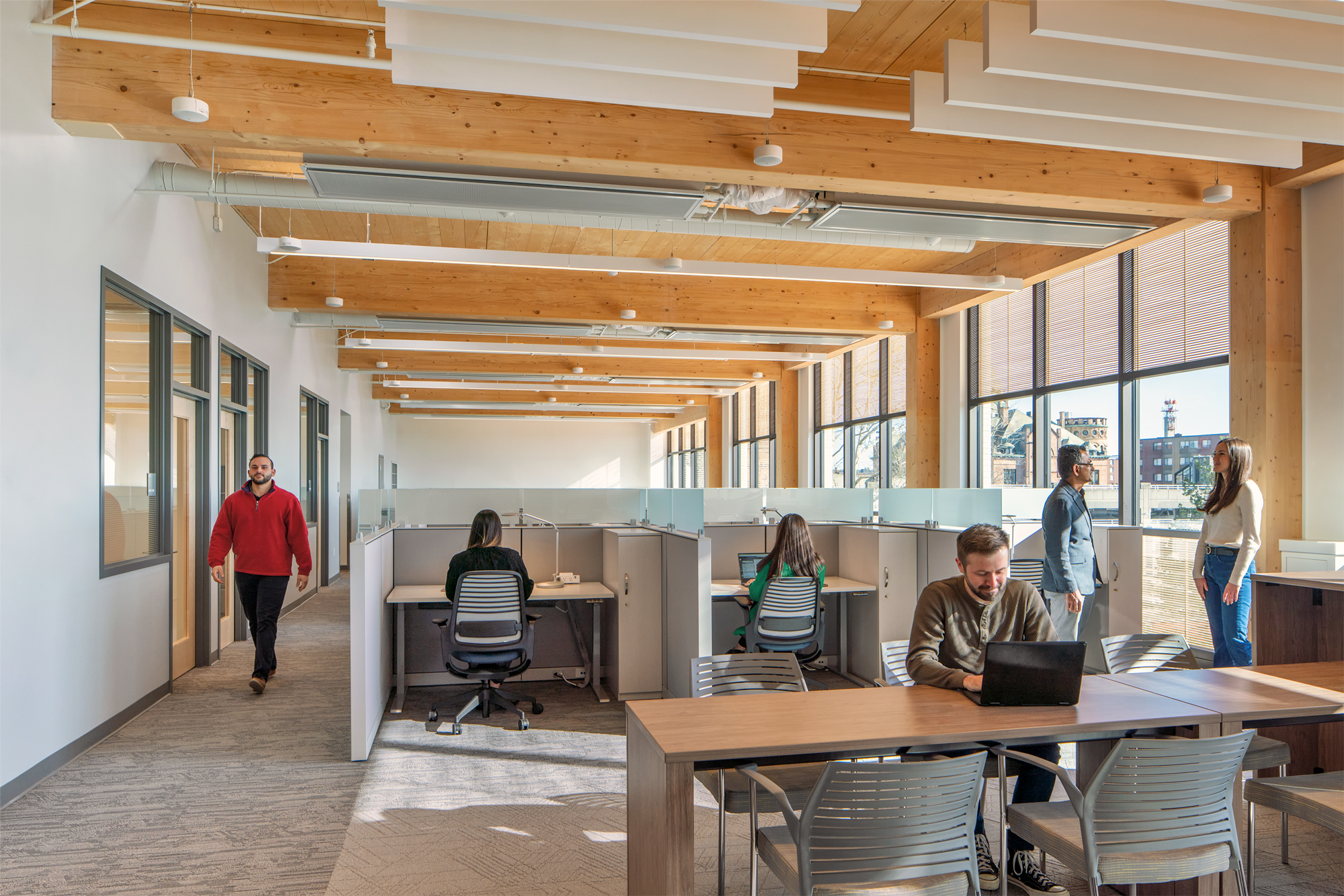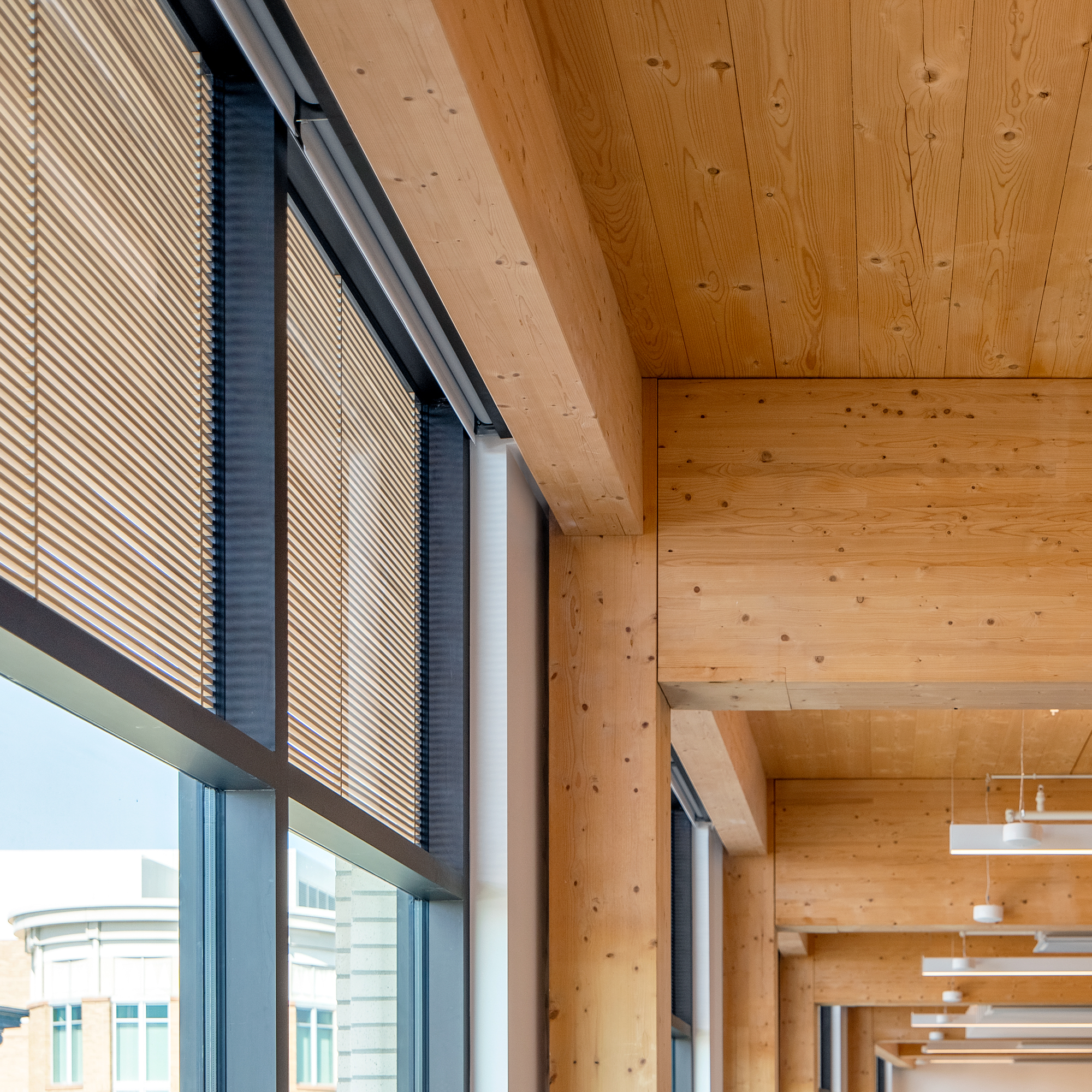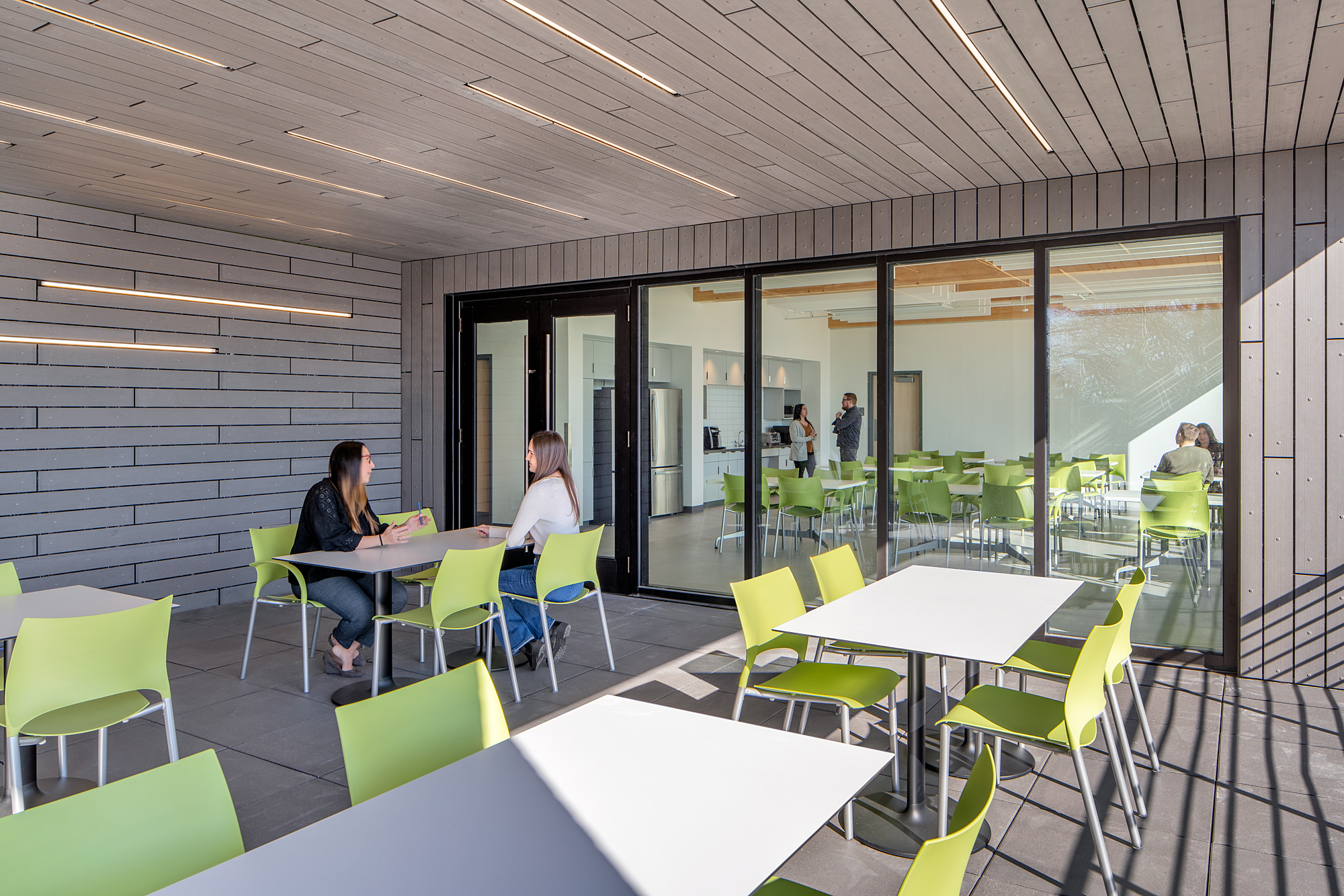SITUATION:
BOND Building is providing preconstruction and construction management for the demolition of an existing condemned building and the construction of a new 35,000 SF three-story urban infill office building. The DUA manages the state’s Unemployment Insurance program which provides temporary income to Massachusetts workers who are unemployed and looking for work. When complete, the DUA will more efficiently serve the public through its modern flexible workspaces, a call center with white noise and sound-absorbent baffles, and hearing rooms. In a unique partnership, the ground floor will also be home to education spaces for Massasoit Community College (MCC) to provide workforce training. The new building’s sustainable structure is a cross laminated timber (CLT) and steel hybrid construction using CLT slabs and glulam beams and columns. The highly sustainable project is being completed under a Chapter 149A delivery model.
CHALLENGES:
- The site is an extremely tight urban parcel, immediately adjacent to two existing buildings and a few feet from busy Main Street
- The condemned existing building on the site was providing support to an adjoining building
- Massachusetts has set new energy goals for its buildings, embracing sustainability
SOLUTIONS:
- A thorough analysis of existing conditions was conducted to determine an engineered approach for the safe removal of the existing building
- Creative construction methods are being used within the zero lot-line construction
- By using CLT construction and daylighting, rooftop photovoltaics, chilled beam HVAC, and a floating floor to easily reconfigure future interior layouts, the building is expected to be highly sustainable
RESULTS:
- In addition to providing a modern and efficient state office building, the revitalized DUA is meant to both improve customer service and energize Brockton’s Main Street by bringing people and activity to downtown
- The structural solution has allowed construction to commence and keep the new and adjoining structures safe
- Sustainable design elements are expected to reduce energy usage by 44% and the CLT construction reduces the carbon footprint by 33% over standard building systems and construction methods



